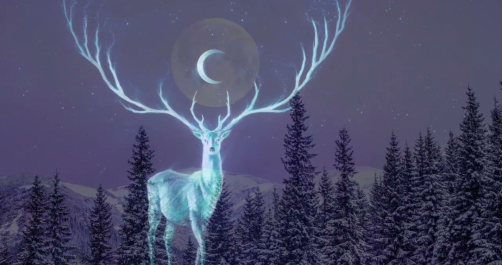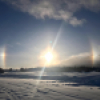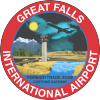Winter Solstice
Winter is the toughest time in Montana and December is when winter asserts itself. The temperatures drop significantly and the ground hardens. The daylight hours shrink noticeably each day. The nights get longer, colder. The wind. The merciless, ever-present, relentless wind drives the cold right through you.
We always know when winter is coming. As we move through our fall season I notice it starting in September as our days shrink 3 minutes per day every day. Over the course of the early season alone we see our hunting day schedule shrink close to 2 hours. It has a big impact in a practical sense as we plan for meal times, travel times in the dark to hunting areas, and daylight available for hay and meat runs to trailheads. The daylight loss accelerates in October and by the end of our general season hunts, we’re losing almost 35 minutes of daylight per hunt.
The daylight loss continues until December, and glides into the waning days of December and the winter solstice. The winter solstice in the Northern Hemisphere is simply when the North Pole is tilted farthest away from the sun. This happens because the earth spins on an axis that is tilted about 23° from the sun’s perpendicular rays. It gives us our seasons: tilt towards the sun = summer; tilt away from the sun = winter. During this time, the Artic Circle is cloaked in darkness and experiences the longest night of the year. The sun is at the lowest point in the sky for us, and appears to stand still at the southern most point, and is only nominally above the horizon all day.
As this astronomical event always comes in the shadow of Christmas, it really doesn’t get much attention. However, living at the 49th parallel, we definitely feel the effects of not having much sunlight.
Sunrise - December 21

Today, we will get a little over 8 hours of daylight, and this will only slightly increase the entire week. Contrasting that with the summer solstice where we get over 16 hours of daylight in June. Each day this week, the sun is barely up on the southern horizon at midday.
Traditionally, the winter solstice also marks the official first day of winter, and while the days get longer from here on out, the temperatures will continue to drop for the next 2 months.

Throughout history we humans have charted the heavens, moon, and sun for many reasons. We know of many ancient cultures who used the solstices to predict crop planting times, high water expectations, and important religious events. One that has always fascinated me is the 5,000 year old monolith structure at Stonehenge in England. There is a great discussion about the original intent of this impressive structure, but what is abundantly clear is the stones were placed to align with both the summer and winter solstices. It is believed that the winter solstice was targeted to mark the coming of spring.
A similar method of marking the solstices with sunlight has been used by the Incas of Peru, and more recently in 17th century churches in the western hemisphere.
So, the first day of winter is upon us now and as we peak around the corner past Christmas, we see January and the deep of winter coming our way again, hopeful it isn’t too tough on us as we wait for spring.









